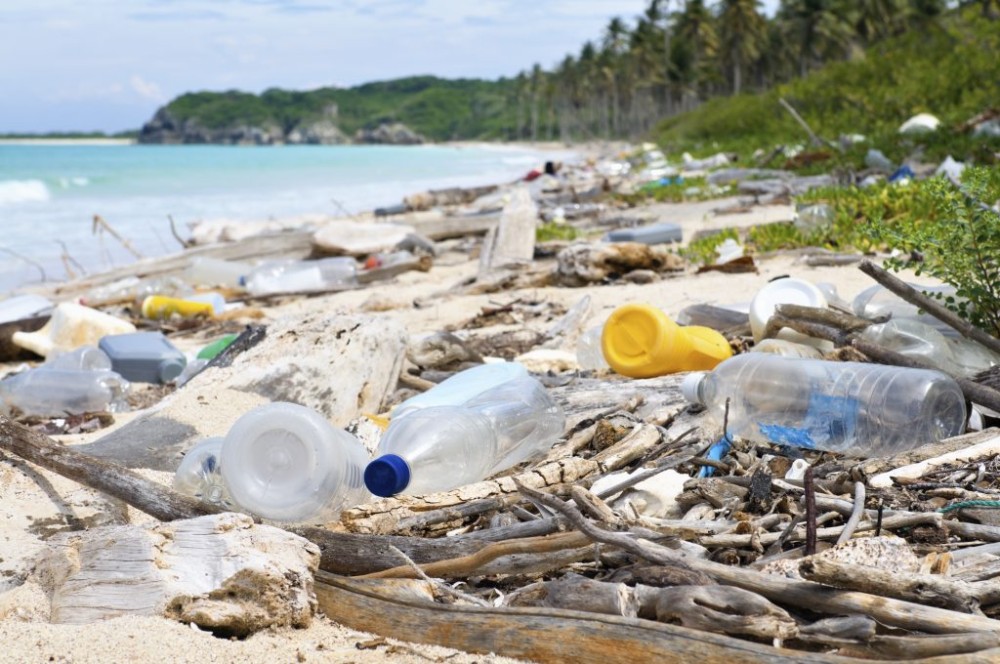
Start talking about sustainability and you’re likely to be met with confusion, anxiety and bewilderment. We all know it’s important, we all know we need to be doing something, and we all want to avoid the label Mr or Mrs Polluter. We also don’t want to lose our marbles, get into a state of frenzy and end up becoming a Hong Kong hermit, living deep in the wilds of Ma On Shan, hiding from any form of civilisation
This piece was written by guest contributor Elisa Harca, CEO & co-founder of Red Ant Asia
With the rise of “fake news” and the name-and-shame culture fuelled by social media, too often we call people out for what they’re doing wrong rather than providing them with the tools and resources to help them become a more conscious consumer.
If Sartre got it right and hell is others,
then the holiday season is in fact an exquisite form of torture, obscured
behind a barrage of endless air kisses and beneath piles of presents. I’m
pretty sure this isn’t what Dickens’ ghosts of Christmases past, present and
future had in mind when they were doing their best to elucidate the deeper
meaning of this time of year. It’s certainly not what Dr Seuss was thinking
when he invented the cranky and villainous old Grinch, then reformed him into a
chipper and chummy chap within the span of one children’s book.
There are a lot of sceptics out there –
people who believe fashion can’t be sustainable, who say that brands that use the term are just “greenwashing” for marketing
purposes. Even Bryanboy stirred things up in 2018, saying he would “jump
off a bridge” if he heard another brand call itself sustainable. But is this
helpful? Is it realistic? It’s human nature to want nice things – clothes, products, experiences and so on. Just by being
alive, we’re already not sustainable. On this topic, Swedish fashion
brand Asket’s co-founder August Bard Bringéus pulls no punches: “There is no
such thing as sustainable fashion. I cannot back up the claim that we are a
sustainable brand because clothing has an
impact… we preach a moderate consumption, and that’s as far as we can go.”
So, as inherently unsustainable beings, our greatest responsibility is to be more mindful about what we consume and how we can live the most sustainable lives we can, given the built-in parameters and restrictions of everyday living.
The wallet as a power tool: werk it
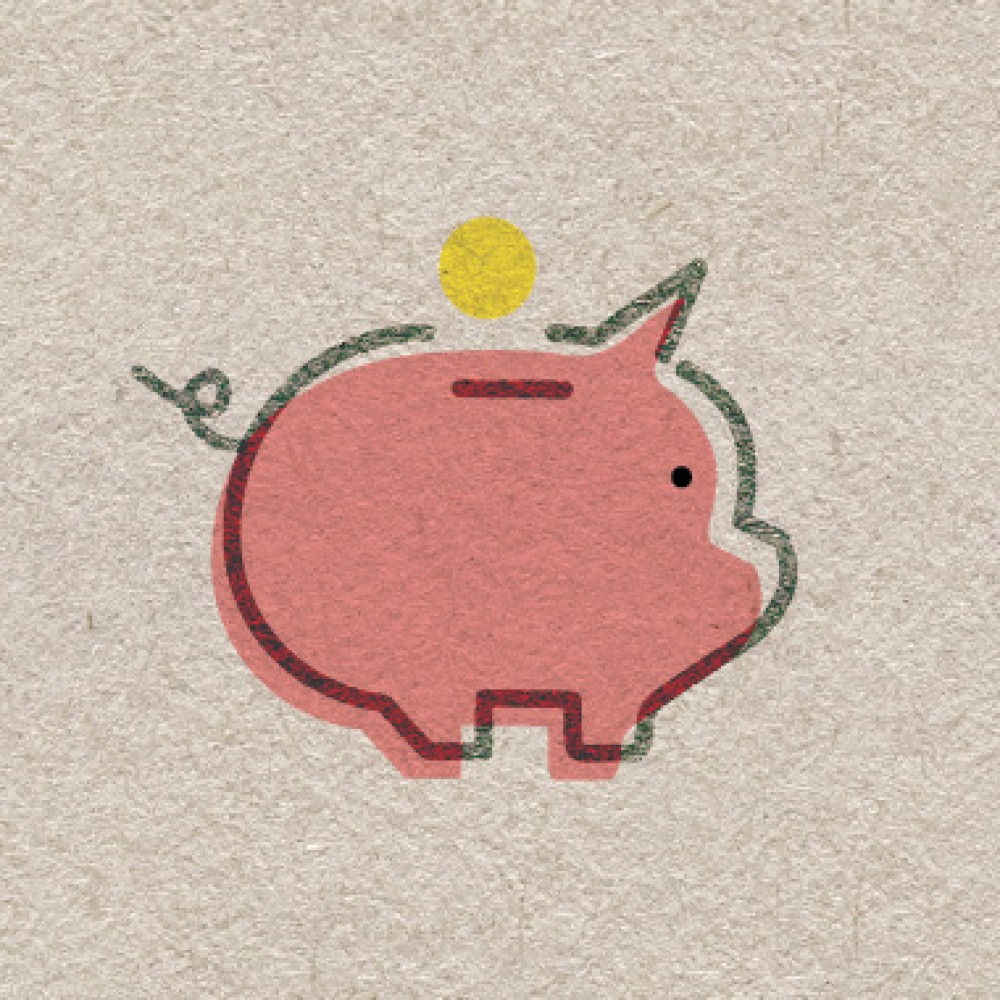
As consumers, our power tool is money – so
let’s werk that wallet to make an impact on our world. Given that we have
little choice about basic consumption (we’ll always need “stuff”), the where,
when and how we spend are where we can make a personal difference. It doesn’t
mean we can’t shop – it just means we need to think twice before we buy and
consider our place in the circular economy.
While Bryanboy and other fashion mavens
might be suffering from “green fatigue”, brands are definitely getting the
message, which is a big win for business and the environment. It allows people
who want to live a more conscientious life to appease their guilt and make an
impact, however small that may be.
Reformation hits home with its motto:
“Being naked is the #1 most sustainable option. We’re #2.”
Zara claims that its clothes will be made from 100 per cent sustainable fabrics by 2025 – parent company Inditex has a whole strategy for recyclables and forest maintenance.
Econyl has cottoned on to the current concern about plastics disrupting our oceans. Its bathing suit range uses regenerated nylon from waste materials that would have otherwise been destined for the landfill – fishing nets, fabric scraps and recycled polyester.
Wobabybasics’ policy of using organic, sustainable material for all its children’s clothing means you can start your kids on the path to environmental responsibility as soon as they’re born.
Lush has always been fantastic at
minimising packaging and waste – it’s why the stores always smell so delicious,
as the products are out “in the wild”. More than 70 per cent of its range is
“self-preserving” (without synthetic preservatives), and the company is on a
mission to start using refills and to increase the amount of reusable packaging
used to transport products between its factories and stores.
Hermès has Petit H – the design studio
that gives its waste to local artisans to create products that use world-class
materials in ways that reflect their cultures.
You might think they’re doing it for the headlines and jumping on the sustainability bandwagon – but at least they’re doing something. What are you doing?
Shopping as an act of rebellion

We need to accept that some of us are never going to stop being motivated by acquisition. There are many of us who want the latest, the newest, the trendiest and the most talked-about things, and there will always be brands – however sustainable they may be – that want to sell them to us. Once we’ve got over this notion of ourselves as somehow impervious to being sold to, there are ways to take small, rebellious steps towards our own personal redemption while still satisfying our need to shop.
Fabulously thoughtful
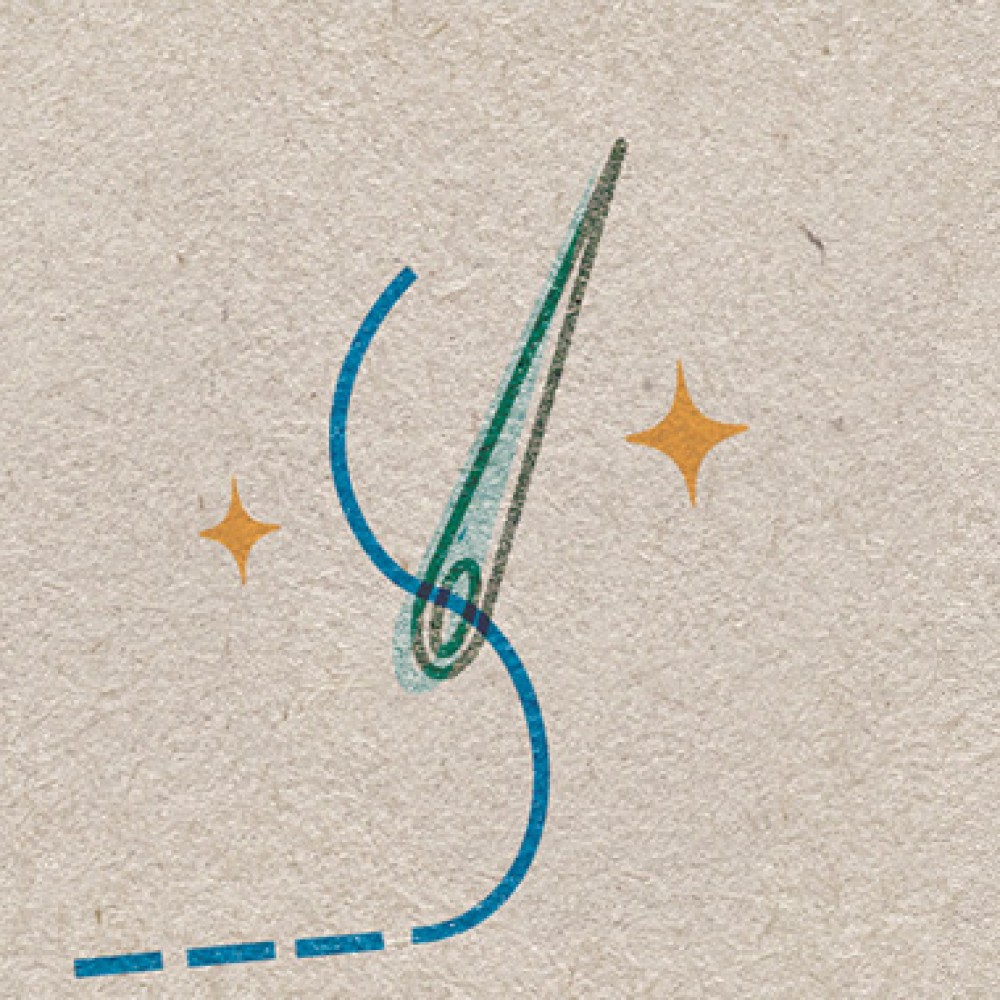
Buy what you really
want and, where possible, try to go the pre-loved route and buy from places such
as Hula, Vestiaire Collective and Luxarity. Support second-hand pop-ups such as
Hand Me Down Collective and check out thrift or vintage options such as Green
Ladies. These platforms not only offer you chances to buy, but also to sell and
donate, which immediately makes you part of the circular economy.
Find out what you can
borrow rather than buy from places such as Rent the Runway and Yeechoo –
especially if you’re just looking for that Insta-moment. Do you really need to
own it? You can “own it” without possessing it!
Shop locally whenever
you can to reduce the number of miles you or your purchases have to travel, and
to support the community in which you live to expand the movement of conscious
consumption. Local brands to check out include The R Collective for upcycled
waste, Unspun for zero-waste custom-made jeans and Basics for Basics for
ethical clothing staples.
Repair, repair, repair! If you have something you love, make the most out if it by repairing it – whether that’s with your local tailor, at a brand’s repair centre or via a platform such as Atelier & Repairs.
Go naked – beauty, health and home

Since walking around in the nude isn’t yet socially acceptable in most circles, we can try to shop “naked” in other areas. Look for brands such as Lush, with minimal or no packaging. Check out some of the sustainable, cruelty-free beauty brands curated by the Kapok team as well as the Lane Crawford beauty buyers. See if you can swap your sanitary products for reusable products such as Thinx or Mooncup. Use refill services at places such as Slowood, Live Zero and Ecostore.
Pause for thought

Next time you’re about
to buy something, take a moment to think: Do I really need it? Will it really
bring me joy? Could I spend my money or time on something better that has less
of a damaging effect on the world we live in? Or could I get it from a
different company that’s at least making some kind of effort to be sustainable?
We may not be able to heal the world with our choices, but we can certainly
make sure we don’t make the injuries worse. And by making smarter choices,
we’ll be taking some steps forward towards doing our part to combat the
destruction our world is facing.
And if we see a friend making a questionable choice or being overly wasteful, show them some compassion and share some suggestions or tips on how to be more sustainable. Don’t default to the shame game of don’t-do-that – let’s focus on the helpful how-to-do-that. The worst thing we can do for sustainability is to make it hard for people to admit “I don’t know”. Curiosity and open-mindedness will make us all feel more confident to make a change.
SO WHAT SHOULD WE BUY?
Cotton

One of the biggest misconceptions is that cotton is good because it is natural. In reality, it is actually quite detrimental to the environment due to the amount of pesticides used in its production as well as it being a very thirsty crop. Organic cotton is better, but it still requires a lot of water and resources, which is why recycled cotton is considered better for the environment; however, the quality and yield is debatable.
Fur

I try to stay away from this topic as it’s controversial, but it needs to be addressed.
To faux or not to faux? There are too many factors that need to be taken into consideration, so I can’t give you a definitive answer, Again, the most sustainable approach would be that if you must use this material, then using what already exists is the better option – upcycled fur, for example.
Recycled
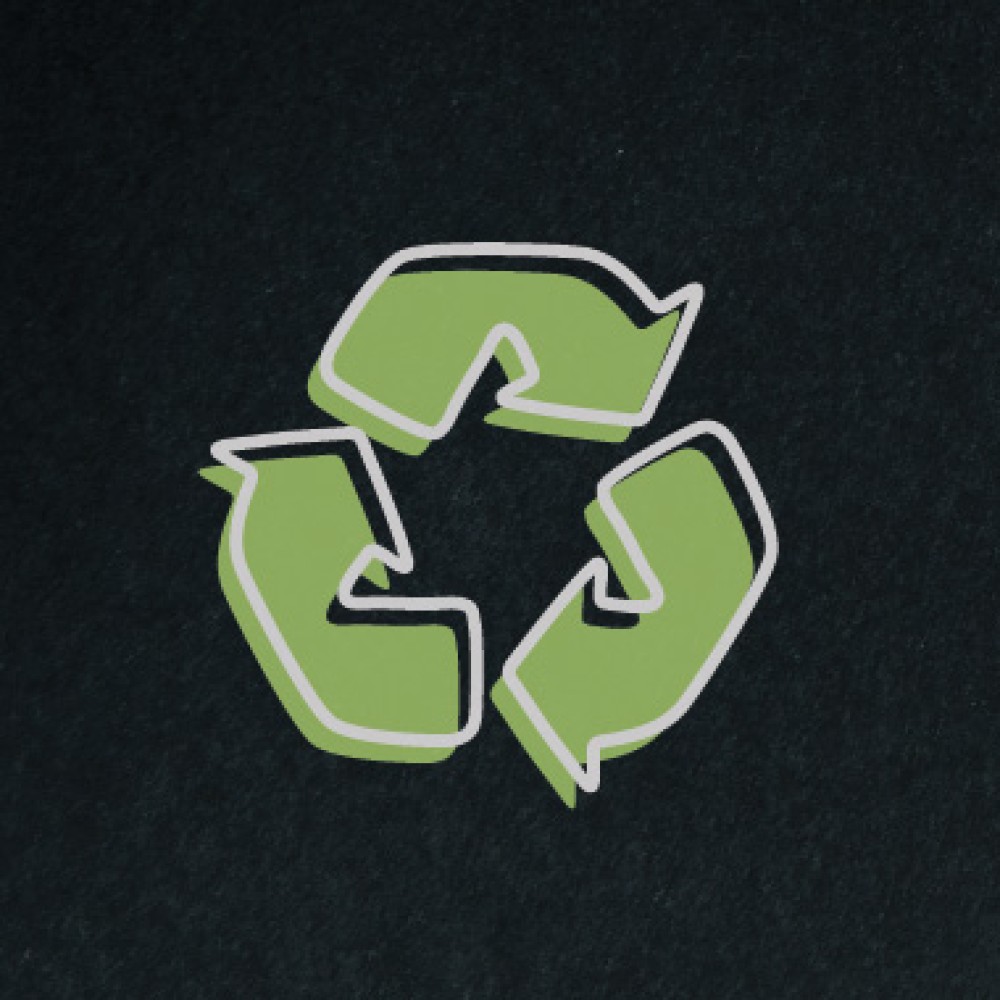
If you’re choosing a sustainable fibre, generally going recycled would be the most sustainable option. Even if you choose polyester, it uses a lot of energy, but it’s the better choice.
Leather

This encompasses leather, vegan leather and all other versions of leather. There’s a new fabric on the market called Piñatex that’s made of cellulose fibre extracted from the pineapple leaf that is a more sustainable “leather”, which brands such as H&M and even Chanel have used. It’s believed to be more sustainable, but the question here is its longevity.
Tencel
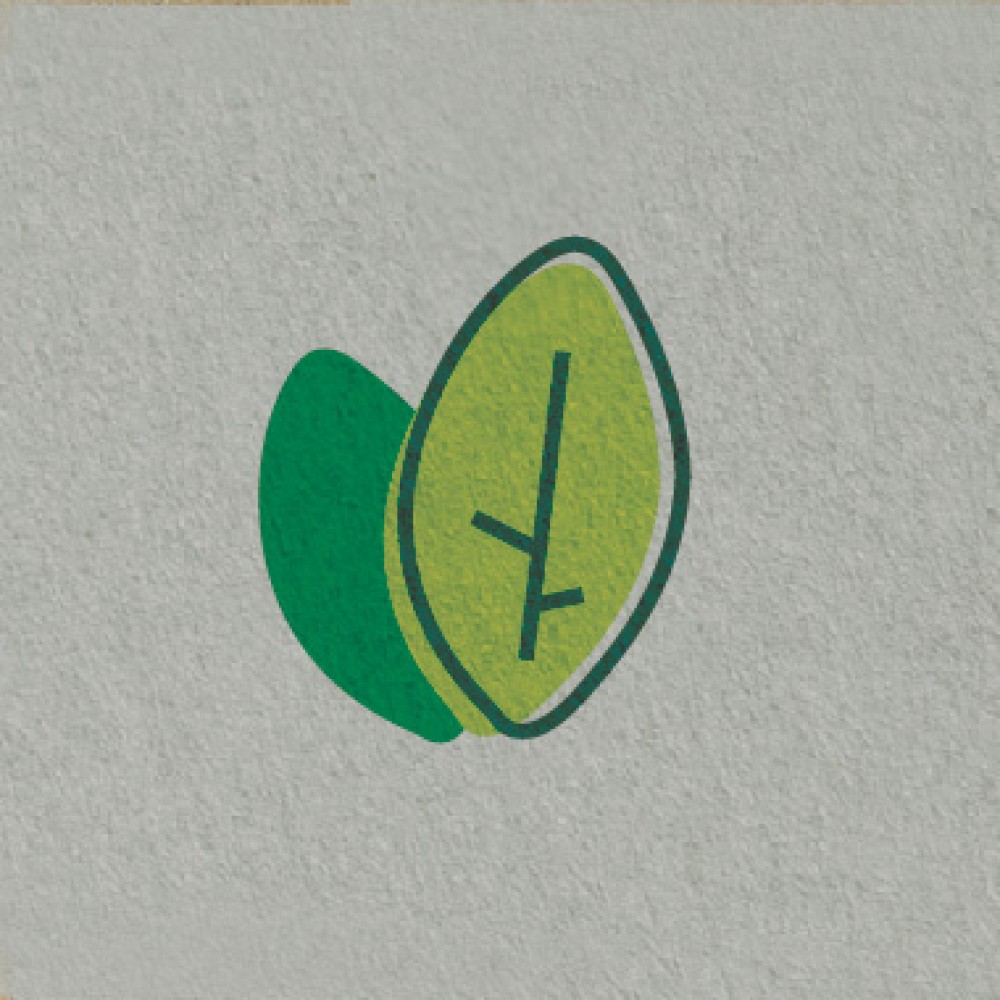
For sustainable fabrics, the one I find the most versatile is a material made from wood pulp called Tencel (also known as Lyocell). As a fabric made from sustainably managed sources, it’s very versatile and, in my opinion, better than cotton.





